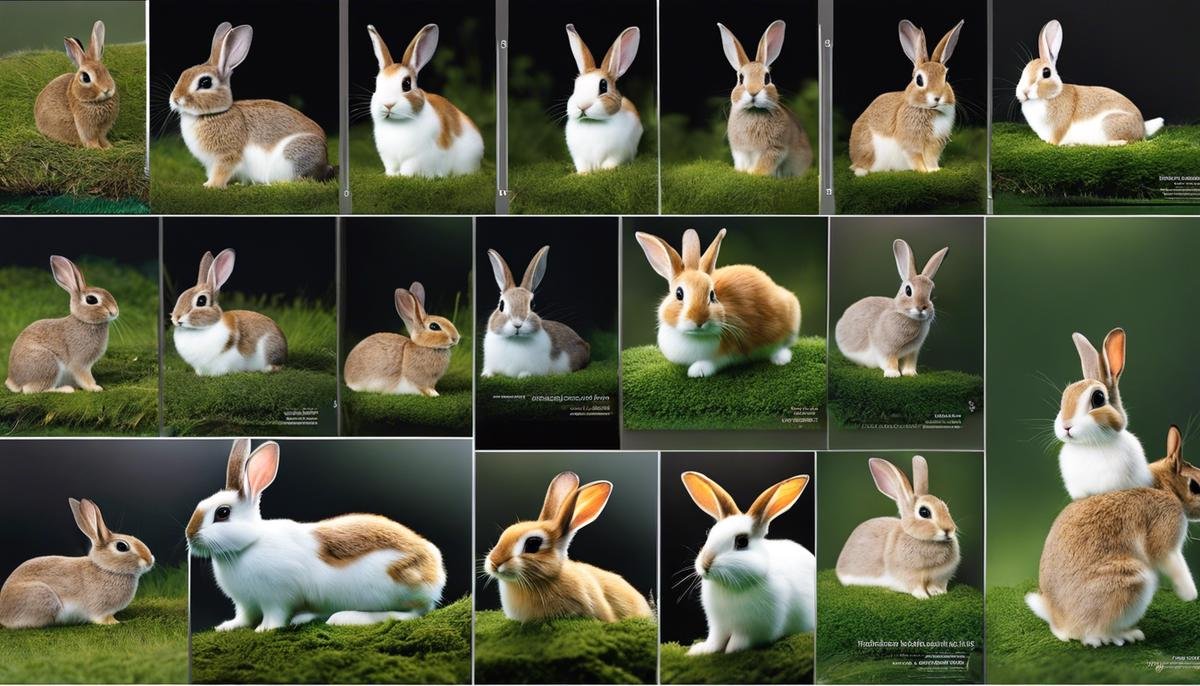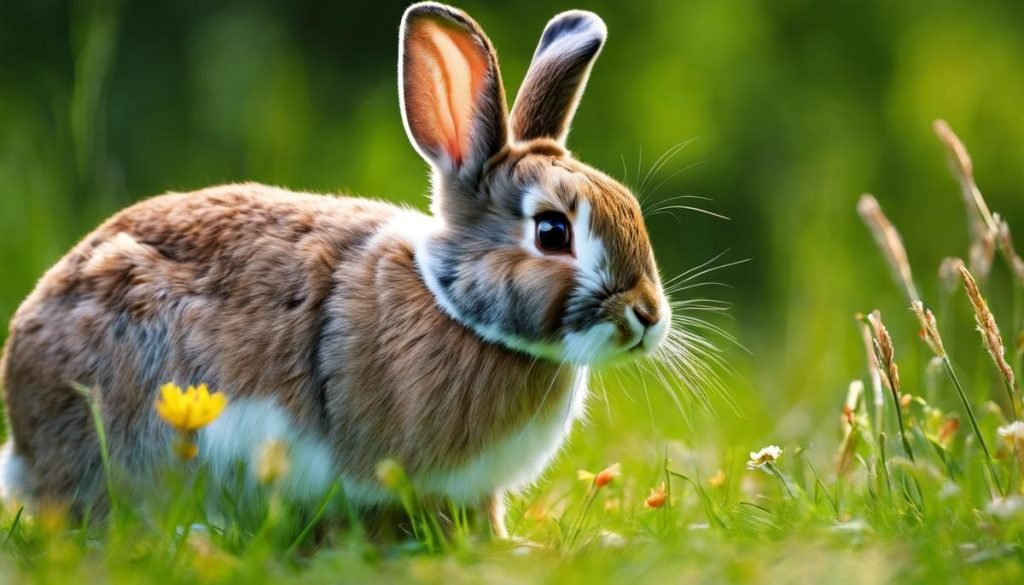Understanding the reproductive life cycle of female rabbits is a subject that requires both scientific interest and practical knowledge for pet owners. This exploration of the various stages of a rabbit’s reproductive cycle, particularly menstruation, offers significant insights. Rabbits, like other mammals, have their unique physiological processes developed to ensure successful reproduction, but the question remains: Do female rabbits menstruate in the same way as human women do?
Unraveling this query requires a deep dive into the stages of the estrous cycle and the accompanying physiological changes. Recognizing signs of a rabbit’s reproductive phase is beneficial for any rabbit owner as it directly affects their pet’s health and behavior. Likewise, understanding the underlying processes of rabbit reproduction such as ovulation, fertilization, and gestation periods offers incredible insight into this intriguing subject.
Do Female Rabbits Experience Menstruation?
The idiosyncrasies of the reproductive cycle in female rabbits, or does, is of profound significance due to its divergence from the norm found in most mammals. One such uniqueness is their capability for induced ovulation, a process where the act of mating signposts the release of an egg, unlike other mammals which follow a cyclical pattern. This unique intricacy empowers does with the potential to conceive whenever mating occurs, making their breed cycle prolific and efficient, setting them apart in the kingdom Animalia.
An additional peculiarity that distinguishes the female rabbit’s reproductive process is the short gestation period, clocking at approximately 30 days. This short pregnancy cycle allows them to produce multiple litters in a single year, a phenomenon known as polytocous reproduction. Another intriguing aspect is the absence of certain noticeable signs of pregnancy; does do not typically display enlarged abdomens until the final stages of pregnancy, contrasting with many other mammal species.
Acknowledging the absence of an estrous cycle, the potential of recurring gestations through pseudopregnancy is noteworthy, where a doe might exhibit signs of pregnancy despite not being pregnant. This condition typically occurs after mating with a sterile or vasectomized male and is believed to originate from hormonal responses. This fascinating complexity further adds to the uniqueness of the rabbit reproduction cycle.

Physiological Mechanisms Behind Rabbit Reproduction
The physiological complexity of bunny reproduction is truly remarkable, demonstrating some of the most fascinating aspects of mammalian biology. Prior to the process of ovulation, the female rabbit, or doe, experiences estrogen-induced changes, priming her reproductive system for potential conception. Unlike humans, who have a regular menstrual cycle, rabbits have an estrous cycle, a series of internal events that prepare the uterus for fertilization, which is somewhat on demand, contingent upon copulation.
As soon as copulation occurs, the female rabbit’s neuroendocrine system triggers a massive release of luteinizing hormone (LH) from the anterior pituitary gland. This surge of LH, which happens approximately 10 hours following mating, catalyzes the ovarian follicles, encapsulated clusters of cells, to rupture and release mature ova into the fallopian tubes. It is here, in the fallopian tubes, where fertilization takes place, an ingenious evolutionary strategy, as it close proximity reduces the chance of the sperm-ova connection missing each other in the vast labyrinth of the female reproductive tract.
The rabbit’s male counterpart, or buck, plays an equally crucial role in reproductive physiology. A mature buck produces spermatozoa within its testes and stores them in a region known as the epididymis. During copulation, these cerulean swimmers are gripped with an unerring biological imperative: locate and merge with an ovum. The buck deposits the semen into the doe’s vagina, with millions of sperm setting off on a grueling journey that only the healthiest and swiftest will survive. Once a victorious spermatozoon reaches the ovum and penetrates its tough outer shell, the cell’s nuclei merge, and a zygote is formed. This living spark will rapidly divide and begin its journey down the fallopian tube to implant within the womb. Thus, a potential new life begins its journey, embodying the intricate dance of biological processes.

This examination of the rabbit reproductive system and the physiological changes involved has offered a comprehensive insight into the question at hand. The unique reproductive mechanism of rabbits, particularly their induced ovulation, greatly differs from the human menstrual cycle, hence rabbits do not experience a ‘period’ in the conventional sense.
Appreciating these nuances not only enhances our knowledge about these fascinating creatures but also provides practical information to rabbit keepers regarding their care and behavior. Undoubtedly, the world of rabbit reproduction holds a captivating mix of simplicity and complexity which continues to intrigue the scientific community and rabbit enthusiasts alike.



